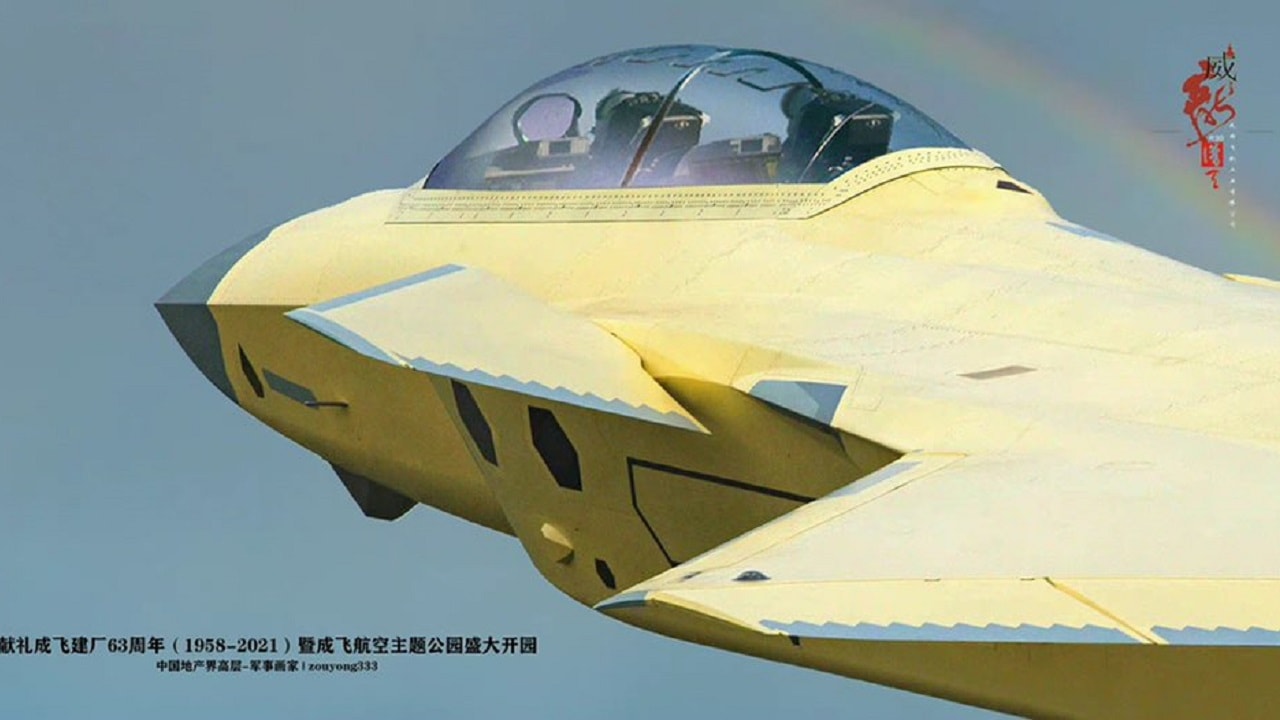Key Points: China’s J-20S introduces a two-seat variant to its J-20 stealth fighter, enhancing its air-to-ground and electronic warfare (EW) capabilities. Unlike AI-powered autonomous systems, the J-20S underscores the value of human decision-making in combat scenarios.
-While slower and less stealthy than the F-22, the J-20’s larger payload capacity positions it as a “bomb-truck,” complementing its EW mission. This aligns with PLA Air Force strategies to counter the U.S.’s smaller F-22 fleet and match F-35 capabilities.
-The two-seater concept, reminiscent of legacy aircraft like the F-14 Tomcat, highlights China’s evolving focus on multi-role functionality over traditional air superiority.
China’s J-20S: A Two-Seat Stealth Fighter with a Mission
The People’s Liberation Army Air Force seems to have stepped forward publicly with a new variant of its J-20, which has long been on the radar as a possibility.
In essence, this means the J-20 will soon be able to fly with a “naval aviator” in position to support pilot decision-making, identify targets, track threats, and potentially even direct strikes.
This possibility, demonstrated for years by the US Navy with its high-speed Tomcat, appears to present significant value-added in several respects.
At the same time, it also seems to raise questions, to a degree, about the effectiveness of PLA Air Force AI, targeting and F-35-like “sensor-fusion” ability.
With all of that said, what should we make of this new J-20S? What sort of future will it have in the skies, and is it a threat to the U.S. military and its allies?
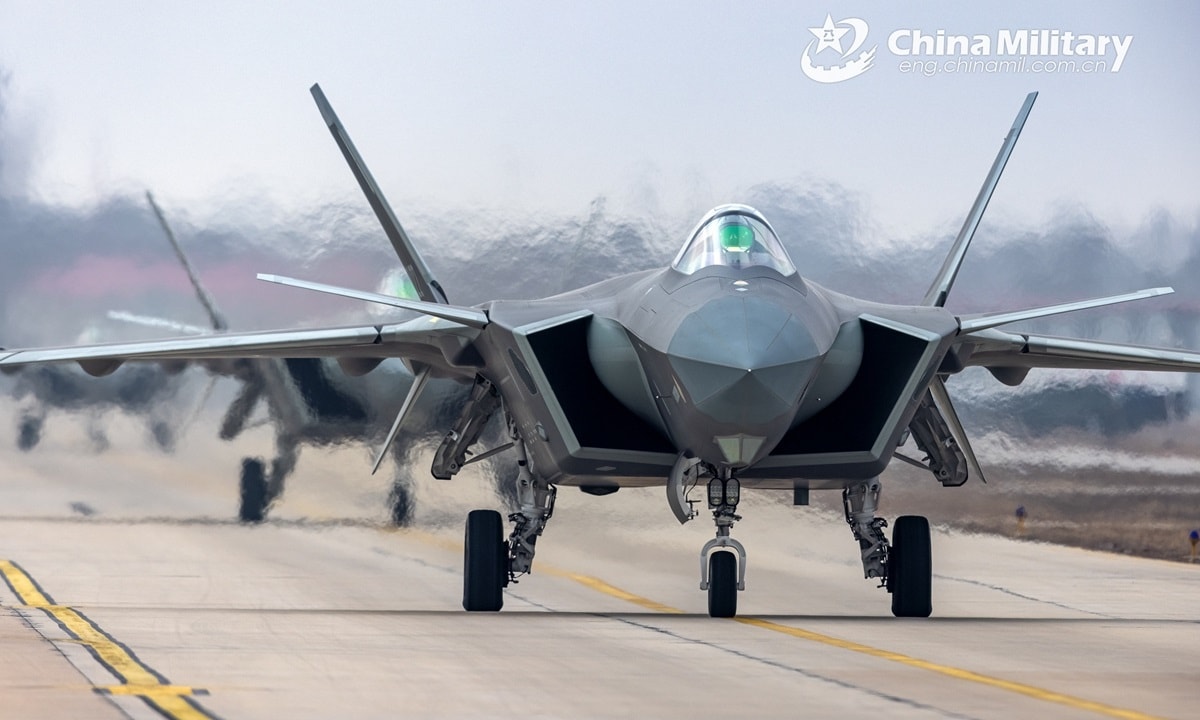
J-20 fighter. Image Credit: Chinese military.
PLA 2-Seat J-20 in 2021
While numerous press reports now publish pictures and essays about the formal arrival of a two-seat J-20S, Chinese government-backed newspapers such as the Global Times cited the merits of a two-seat J-20 as far back as 2021, something mentioned in a 2021 Warrior Maven essay.
Aircraft such as the two-seat Tomcat existed well before the age of AI-enabled piloting, suggesting that a two-seat configuration may be less relevant or necessary in today’s advanced AI-empowered technological sphere.
However, Chinese newspapers suggested that the two-seat variant may be engineered for EW and less suited for air-to-air combat or high-speed aerial maneuvering.
J-20S for EW?
In 2021, the paper cited several advantages of a “two-seat” variant and aligned this with a discussion of its domestically built WJ-15 J-20 engine.
“The twin-seat variation of the J-20 could be used for electronic warfare, command of wingman drones or bombing, and the domestic engine means the J-20 is no longer reliant on Russian engines,” the Chinese government-backed Global Times stated in a report in 2021, as reported by Warrior Maven.
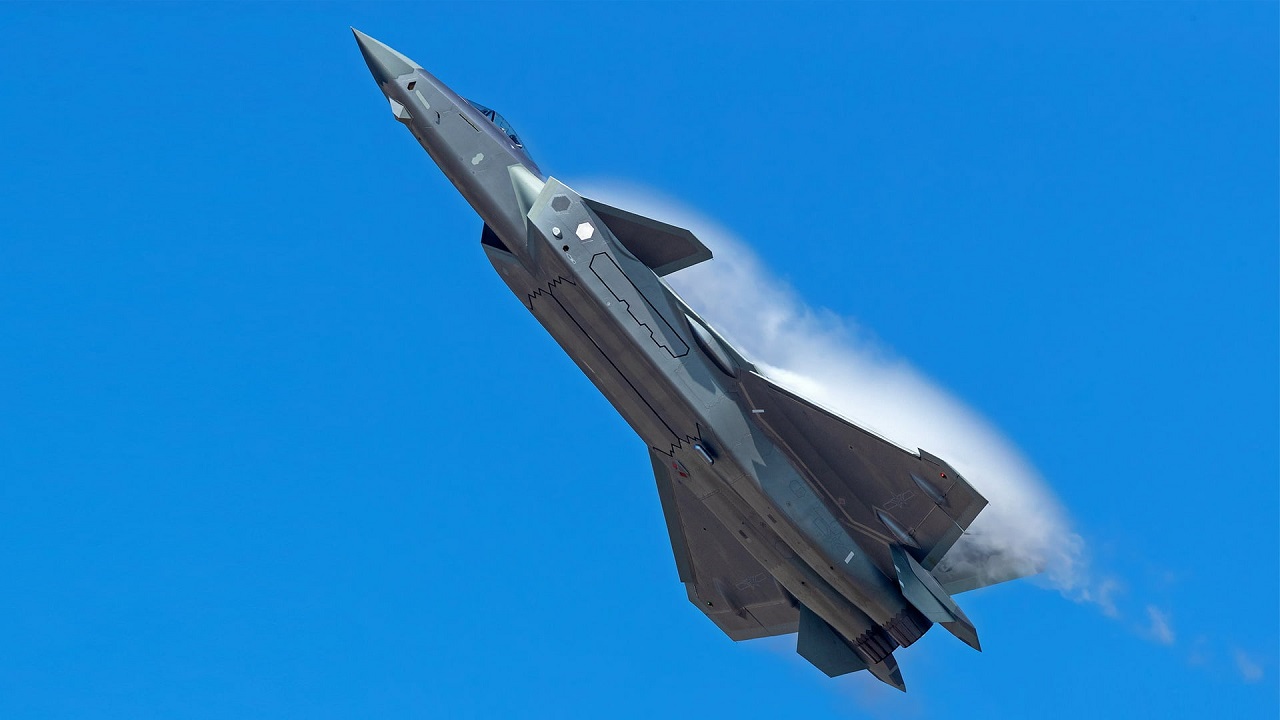
J-20 Stealth Fighter. Image Credit: Creative Commons.
Perhaps the most interesting element of this PLA decision appears to relate to doctrinal considerations and concepts of operation.
Specifically, does the PLA now increasingly align with the belief that “human” decision-making cannot be replicated by computers, despite its well-known emphasis on AI?
AI is known to have advanced to a level where fully autonomous fighter jets have, in some cases, outperformed manned pilots in dogfights, and the speed of AI-empowered information analysis and decision-making continues to accelerate.
Changing Concepts of Operation?
The US Air Force, for example, has test-launched aircraft with a fully computerized AI copilot designed to manage and expedite information flow, threat variables, targeting, and decision-making in milliseconds.
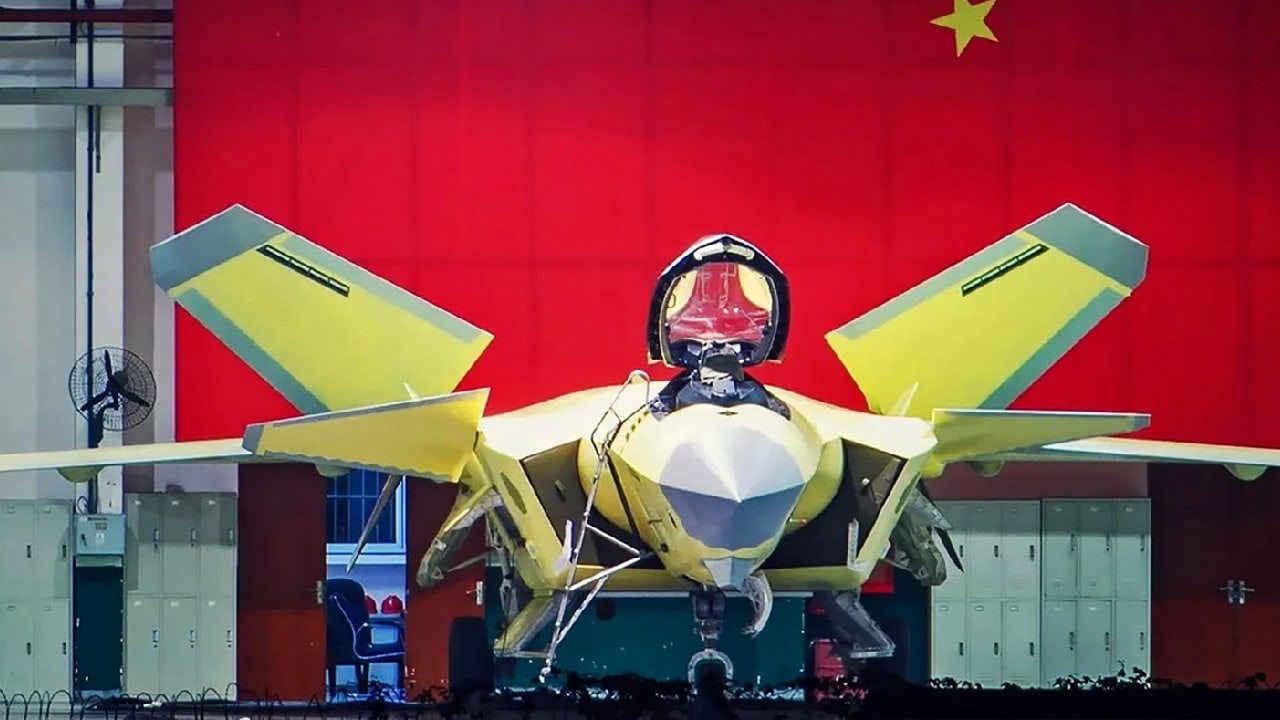
Chinese J-20 fighter.
Despite this, the Pentagon still strongly believes that an “optimal” approach to air combat requires “both” AI-enabled computing “and” those abilities “unique” to human decision-making.
Can AI replicate human decision-making’s intuitive, ethical, and emotional elements? Will mathematically engineered algorithms ever truly approximate human consciousness?
This debate pertains clearly and without question to the issue of a “two-seat” fighter aircraft, as it may indicate that the PLA recognizes the added value of additional “human” decision-making in a manner that copies Pentagon thinking.
J-20 as Bomb Truck
Another critical element of this may pertain to the “mission” of the J-20.
According to available specs, the fighter is known as a 5th-generation stealth fighter. It is larger, slower, and arguably less stealthy and maneuverable than a US F-22.
With round nozzles, an F-22 can hit a very capable thrust-to-weight ratio of 1.37 and is considerably faster than the J-20.
The F-22’s maximum speed is Mach 2.25, whereas the fighter’s specs say its max speed is Mach 2.0. While faster than the Mach 1.6 speed of an F-35, the J-20 seems considerably slower than an F-22. With two wing-like structures on each side, it also appears less stealthy than the F-22 and F-35.
Could this mean the PLA Air Force envisions a mission for its J-20 to be more of a “bomb-truck” than a “dog-fight” air supremacy platform? The J-20 can massively rev up its bomb-carrying capacity and operate with 27,988lbs of internal and external weaponry, whereas the F-35 “beast mode” only allows 18,000lbs of ordnance.
This ordnance capacity is the actual of the PLA Air Force’s J-20 single-seat aircraft, which is now being mass-produced at an accelerated pace. It may indicate that a two-seat variant further extends this “bomb-truck” capacity.
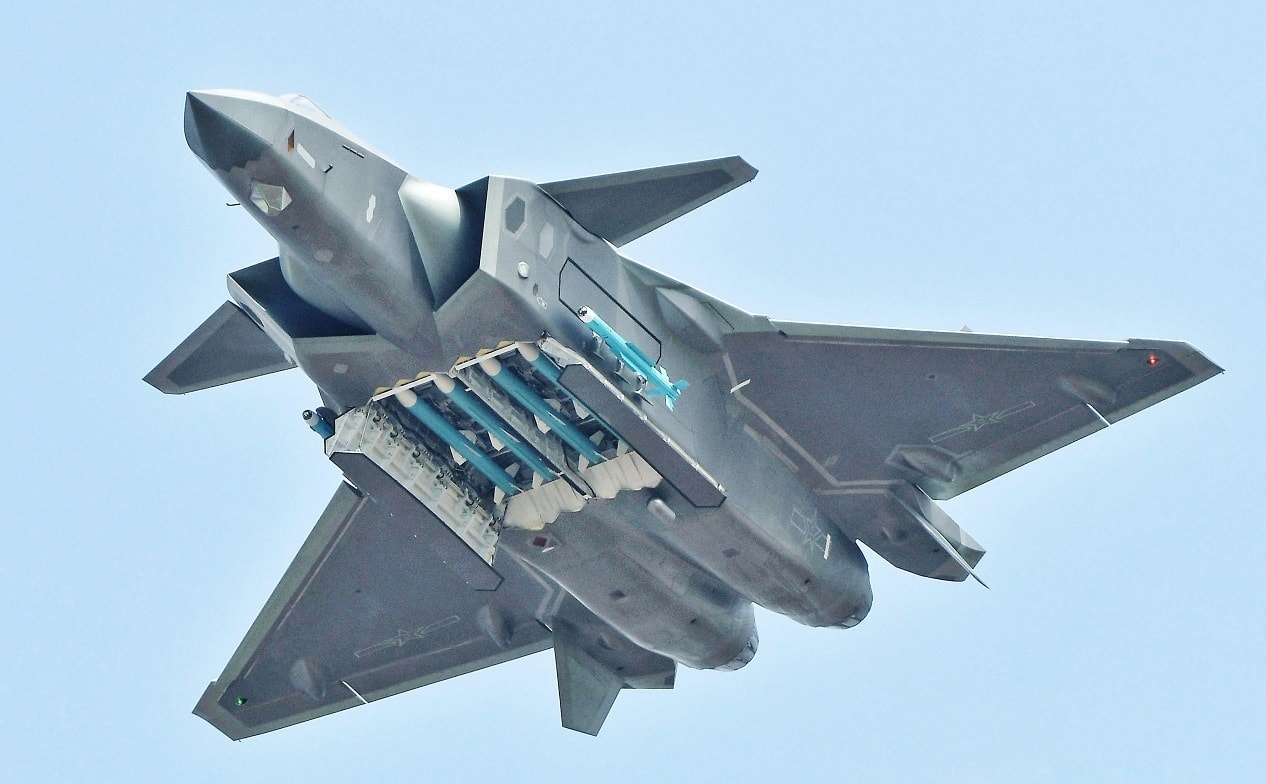
J-20 Stealth Fighter.
Aircraft such as the two-seat Tomcat existed well before the age of AI-enabled piloting, suggesting that a two-seat configuration may be less relevant or necessary in today’s advanced AI-empower technological sphere. However, Chinese newspapers suggest that the two-seat variant may be engineered for EW and less suited for air-to-air combat or high-speed aerial maneuvering.
J-20 and J-20S Fly Into the Future
Should the J-20 operate with these kinds of concepts of operation, it would make sense that the PLA Air Force would build a “two-seater” J-20S to optimize air-to-ground targeting and bombing using added “human” input.
Perhaps the PLA Air Force knew the US Fleet of F-22s was much smaller than its large fleet of F-35s and built an aircraft intended to rival the F-35 without necessarily challenging the maneuverability or air superiority of an F-22.
The ability of a J-20 to rival an F-35 likely pertains to specific key “unknown” questions such as the range and fidelity of its weapons and sensors and the speed of its computing.
About the Author: Kris Osborn
Kris Osborn is the Military Affairs Editor of 19FortyFive and President of Warrior Maven – Center for Military Modernization. Osborn previously served at the Pentagon as a highly qualified expert in the Office of the Assistant Secretary of the Army—Acquisition, Logistics & Technology. Osborn has also worked as an anchor and on-air military specialist at national TV networks. He has appeared as a guest military expert on Fox News, MSNBC, The Military Channel, and The History Channel. He also has a Masters Degree in Comparative Literature from Columbia University.

